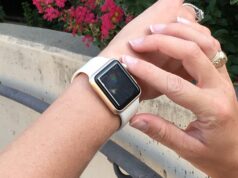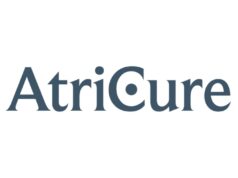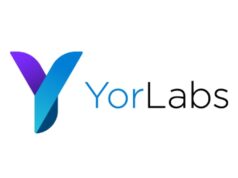
Updated results of the EFFORTLESS S-ICD registry have shown the Subcutaneous Implantable Cardioverter Defibrillator (S-ICD, Boston Scientific) continues to show effective conversion of induced and ambulatory ventricular tachycardia or fibrillation (VT/VF) comparable to standard ICD performance and low complication rates.
Pier Lambiase, The Heart Hospital, London, UK, presented data at the Heart Rhythm Congress (20–23 October, Birmingham, UK).
“The S-ICD system is entirely subcutaneous and can be placed using anatomical landmaks without the need of transvenous leads” said Lambiase.
The EFFORTLESS (Evaluation of factors affecting the clinical outcome and cost effectiveness of the S-ICD) registry is an international, standard of care study aimed to collect short, mid and long-term operational and clinical real-world data (five years post implant) on the S-ICD system. The registry, according to Lambiase, is aiming to recruit up to 1,000 patients implanted since CE mark approval in 2009.
Lambiase reported that 538 patients have been enrolled (as of 16 July 2013) from those 255 are being studied retrospectively and 283 prospectively. Data of 504 patients has already been entered from UK, Netherlands, Italy, Germany, Denmark, New Zealand and Czech Republic. Sweden, France. Austria and Switzerland are opening the process, he noted.
The protocol of the study, Lambiase said, includes documentation of system related outcomes and clinical events and a prospective quality of life sub-study to assess patient’s perception of their therapy and a cost-effectiveness analysis by hospital resource tracking and use of EQ-5D questionnaire.
Results presented by Lambiase at HRC are based on data collected as of April 2013 with 472 (49±18 average age, 72% male) patients enrolled (231 retrospective patients and 241 prospective patients).
According to Lambiase, 63% of patients have been enrolled for primary prevention. Twenty nine per cent presented with congestive heart failure, 24% with hypertension, 36% with myocardial infarction, 12% with diabetes, 9% with renal disease, 17% with atrial fibrillation, 13% with concomitant pacemaker and 15% with prior transvenous ICD.
Patients from a broad range of indications have received the S-ICD among those 37% related to ischaemic cardiomyopathy, 13% due to channelopathies, 8% due to idiophathic ventricular fibrillation and 7% due to congenital heart disease.
Lambiase highlighted that the effective conversion of induced VT/VF with the S-ICD is 98.2% and 93% of events are effectively treated in less than 21 seconds of induced VF. In the registry, 317 spontaneous episodes were recorded in 85 patients during the follow-up period. Of these episodes, 169 (53%) received therapy, 93 being for VT/VF. One patient died of recurrent VF and severe bradycardia. Regarding discrete VT/VF episodes, first shock conversion efficacy was 88% with 100% overall successful clinical conversion after a maximum of five shocks. Overall, he said, only 33 patients (7%) received inappropriate shocks.
With regards to clinical events, 129 events were classified as device or procedural related, of these 35 (27%) were classified as complications and there is nothing documented regarding lead fractures or breakages. The perioperative complication-free rate is 97% and the 360-day complication-free rate is 94%.
Seventeen patients (3.6%) were explanted, over half of those due to infection, Lambiase reported.
A total of 20 suspected infections were reported, 18 of those were S-ICD related. “Most of these infections happened most probably because of technique and inexperience implanting this type of device,” he noted.
Lambiase concluded that up to now “There is a high level of data compliance indicating integrity of registry design and execution.” He added, “The effective conversion of induced and ambulatory VT/VF with the S-ICD continues showing effective conversion of induced and ambulatory VT/VF comparable to standard ICD performance and low complication rates in a real-world scenario.”









